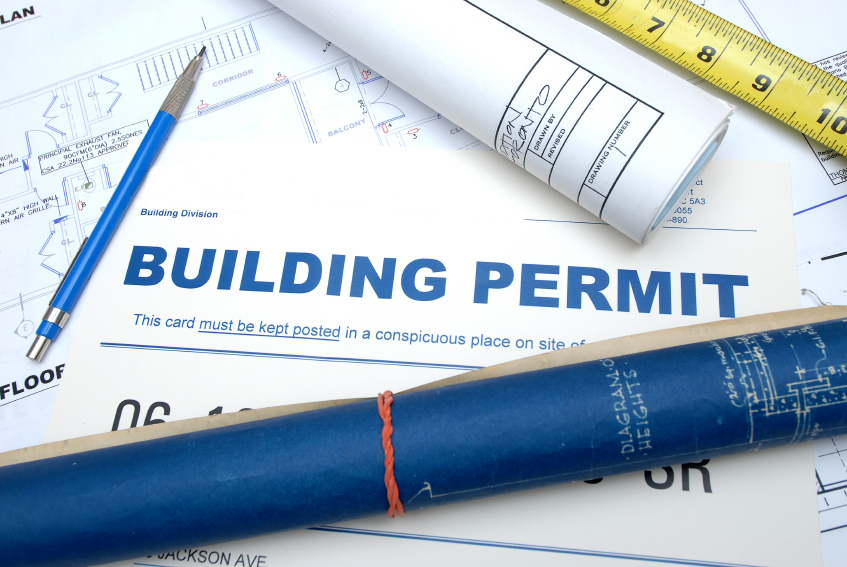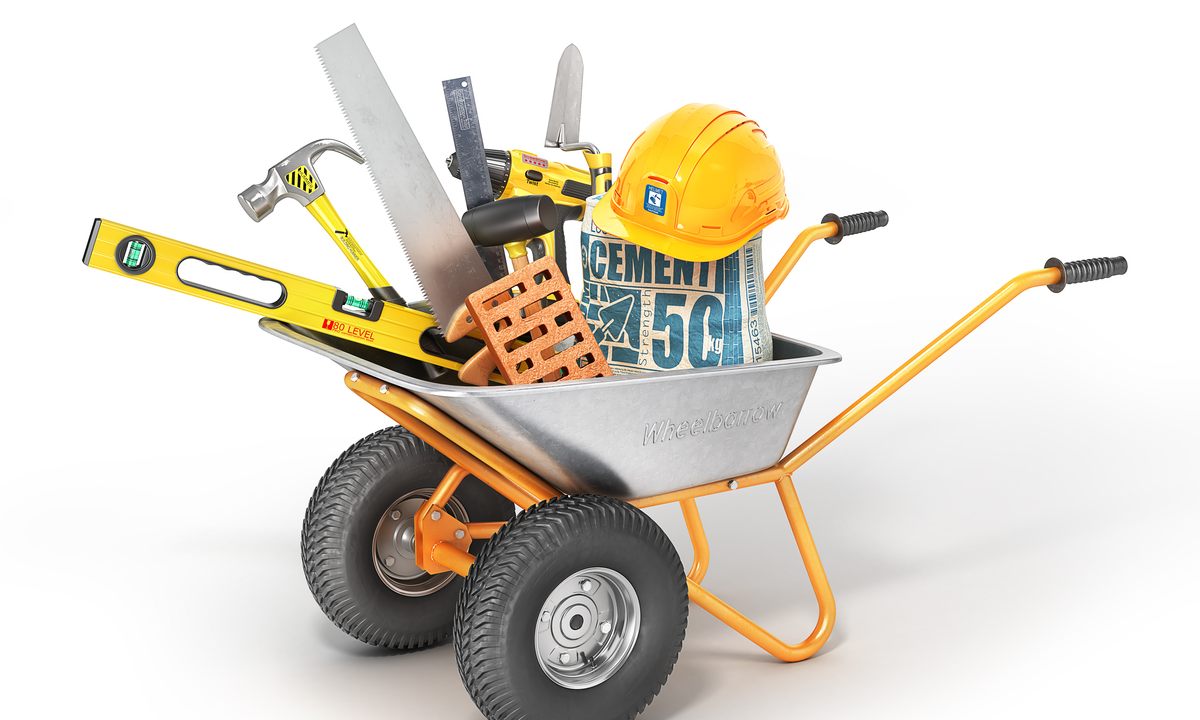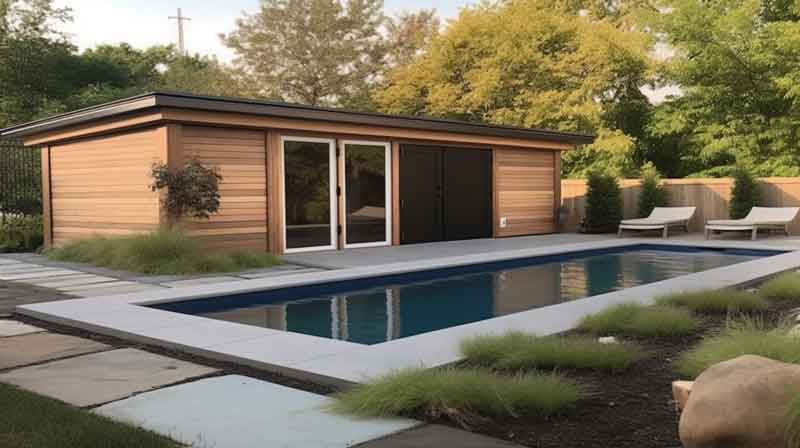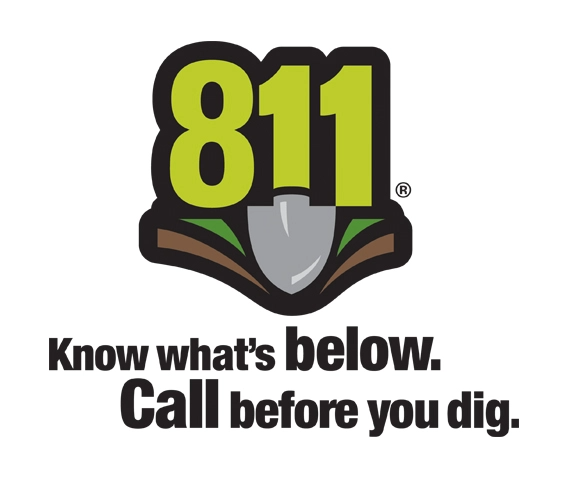Learn to Build a shed using this guide.
Do you want to know how to build a shed? This guide will explain everything you need to know! There are many benefits to building your own shed. Below is a list of a few of them:
- Increase your home’s value.
- Save money by building it yourself
- Build something that will last a lifetime.
- Create a storage, recreation or work place.

This guide will make your goal of building a shed a reality as long as you follow the instructions carefully. It is designed to be accompanied by a shed plan or blueprint. There are many plans available for purchase at a low cost throughout the web or on this site. Additionally, there are extensive resources of articles, building tips, illustrations, and video tutorials. You can trust that this information is accurate, and is done to the best of our knowledge. If you find something wrong or missing, let us know and we will fix or add it!
100’s of Shed Plans
Class aptent taciti sociosqu ad litora torquent per conubia nostra, per inceptos
Himenaeos. Sed molestie, velit ut eleifend sollicitudin, neque orci tempor nulla, id sagittis nisi ante nec arcu. Fusce porta bibendum convallis. Morbi fringilla sollicitudin scelerisque. In pellentesque
3. Floor Framing
Learn how to frame
5. Building Walls
Duis egestas aliquet aliquet. Maecenas erat eros, fringilla et leo eget, viverra pretium nulla.
7. Roofing a Shed
Duis egestas aliquet aliquet. Maecenas erat eros, fringilla et leo eget, viverra pretium nulla.
9. DIY Doors & Window
Duis egestas aliquet aliquet. Maecenas erat eros, fringilla et leo eget, viverra pretium nulla.
2. Foundation
Learn which foundation type is best for your shed and how to create a strong base for your structure.
4. Rafters and Roof
Duis egestas aliquet aliquet. Maecenas erat eros, fringilla et leo eget, viverra pretium nulla.
6. Install Siding
Duis egestas aliquet aliquet. Maecenas erat eros, fringilla et leo eget, viverra pretium nulla.
8. Trim and Casing
Duis egestas aliquet aliquet. Maecenas erat eros, fringilla et leo eget, viverra pretium nulla.
10. Painting and Shed Storage
Duis egestas aliquet aliquet. Maecenas erat eros, fringilla et leo eget, viverra pretium nulla.
Introduction: Welcome to the exciting world of shed building! In this chapter, we’ll go over the basic steps you need to take before you start constructing your very own storage shed. We’ll talk about setting goals for your shed, understanding local building codes and permits, and figuring out your budget. Let’s dive in and get started!

Setting Your Shed Goals
Before you begin, it’s essential to think about what you want from your shed. Ask yourself these questions:
- What will I use the shed for? Storage? Workshop? Garden tools? Hobby space?
- How big should the shed be? Consider the items you’ll store and the space available in your yard.
- What style do I want for my shed? Do you want it to match your house or have a unique look?
Take your time and think about your answers. They’ll help you make important decisions as you plan and build your shed.


Local Building Codes and Permits
Now that you have an idea of what you want, it’s time to look into local building codes and permits. These regulations help ensure that structures like sheds are built safely and in line with community standards.
- Check with your city or county’s building department for rules about sheds in your area. Some places have size limits or require specific materials.
- You might need a permit before you can start building. If you’re unsure, ask your local building department. They’ll guide you through the process if needed.
It’s essential to follow local rules, as ignoring them could lead to fines or even having to tear down your shed.

Figuring Out Your Budget
Before you begin buying materials or tools, decide on a budget for your shed project. Consider the following expenses:
- Building materials: wood, metal, or other materials for the shed’s structure
- Roofing materials: shingles, metal panels, etc.
- Flooring materials: concrete, plywood, or other options
- Doors, windows, and hardware
- Paint or siding
- Electrical and lighting, if needed
- Any additional features like shelving, workbenches, or insulation
Do some research and price out the materials you’ll need. This will help you understand how much your shed project will cost and avoid surprises down the road.
Weather Climate Factors
When placing a shed in your yard, consider these weather and climate factors:
- Drainage: Choose a location with good drainage to keep the shed dry and protect its foundation.
- Wind exposure: Position the shed in a sheltered spot to reduce wind damage and improve stability.
- Sun exposure: Consider sunlight for workspace lighting or shade for temperature-sensitive items.
- Plant growth: Be mindful of the shed’s shade on nearby plants, relocating the shed or plants if needed.
- Snow accumulation: In snowy areas, pick a location that allows for easy snow removal and reduces roof damage risk.
- Flood risk: Avoid low-lying, flood-prone areas; opt for elevated or well-draining locations.
By considering these factors, you can ensure your shed remains safe, functional, and long-lasting.

Gathering Tools and Equipment
To build your shed, you’ll need some basic tools and equipment. Here’s a list to help you get started:
- Tape measure
- Level
- Hammer
- Saw (hand saw or circular saw)
- Drill and drill bits
- Screwdrivers
- Ladder
- Work gloves and safety goggles
- Pencil and paper for sketching and taking notes
You might already have some of these tools, or you can borrow or rent them if needed. Having the right tools on hand will make your shed-building experience much smoother.
Now that you’ve got a clear idea of your shed goals, you understand local building codes and permits, you’ve figured out your budget, and you’ve gathered your tools, you’re ready to start planning your shed project! In the next chapter, we’ll dive into selecting the best materials for your shed and exploring different design options. Get ready to turn your shed dreams into reality!


Spacing & Setbacks
When building a shed, consider spacing and setbacks for compliance with local regulations and adequate access:
- Local codes and regulations: Check with your local building department for specific shed spacing and setback requirements.
- Property lines: Accurately identify property lines to avoid disputes and legal issues.
- Access and maintenance: Leave enough space around your shed for easy access and maintenance tasks.
- Utility lines and easements: Be aware of underground and overhead utility lines or easements, avoiding building in these areas.
- Fire safety: Follow any fire safety regulations regarding the minimum distance between structures.
- Aesthetics and functionality: Consider how the shed’s placement affects your yard’s appearance and functionality.
By considering spacing and setbacks, you can ensure your shed complies with regulations and allows for easy access and maintenance.
Ask The Inspector: Local Code
When building a shed, it’s essential to consult with a city building inspector to ensure that your project complies with local codes and regulations. Here are some aspects to consider when talking to a building inspector:
- Obtain necessary permits: Ask the building inspector about the required permits for constructing a shed on your property. Permits may vary depending on the shed’s size and purpose.
- Understand zoning regulations: Discuss any zoning regulations that may apply to your shed project, such as setbacks, height restrictions, or specific design requirements.
- Learn about building codes: Inquire about local building codes relevant to your shed, including structural requirements, foundation types, and materials that must be used.
- Discuss utility lines and easements: Consult with the inspector about any utility lines or easements on your property that could impact your shed’s placement.
- Fire safety and drainage: Ask about any fire safety regulations or drainage requirements that may apply to your shed project.
- Inspection process: Learn about the inspection process, including the stages at which inspections may be required, and how to schedule them.
By discussing these aspects with a city building inspector, you can ensure that your shed project complies with local codes and regulations and avoid potential issues in the future.


Public Utilities and Easements
Calling 811 for Public Utilities and Easements
Before starting your shed project, make sure to call 811, a free nationwide service that connects you to your local public utilities. They will inform you about any buried pipes or cables in the area where you plan to build your shed. This service helps you avoid expensive disruptions if you accidentally damage their lines. Additionally, it’s essential to know or determine the exact location of your property lines.
Budget and Pricing
It’s a good building practice to take the material list that comes with our plans to your local supplier and review the in stock availability of the materials needed. Use our included material sheet to calculate the exact cost of your shed.
Take this material list with you

Build your portfolio
Class aptent taciti sociosqu ad litora torquent per conubia nostra, per inceptos
Himenaeos. Sed molestie, velit ut eleifend sollicitudin, neque orci tempor nulla, id sagittis nisi ante nec arcu. Fusce porta bibendum convallis. Morbi fringilla sollicitudin scelerisque. In pellentesque
